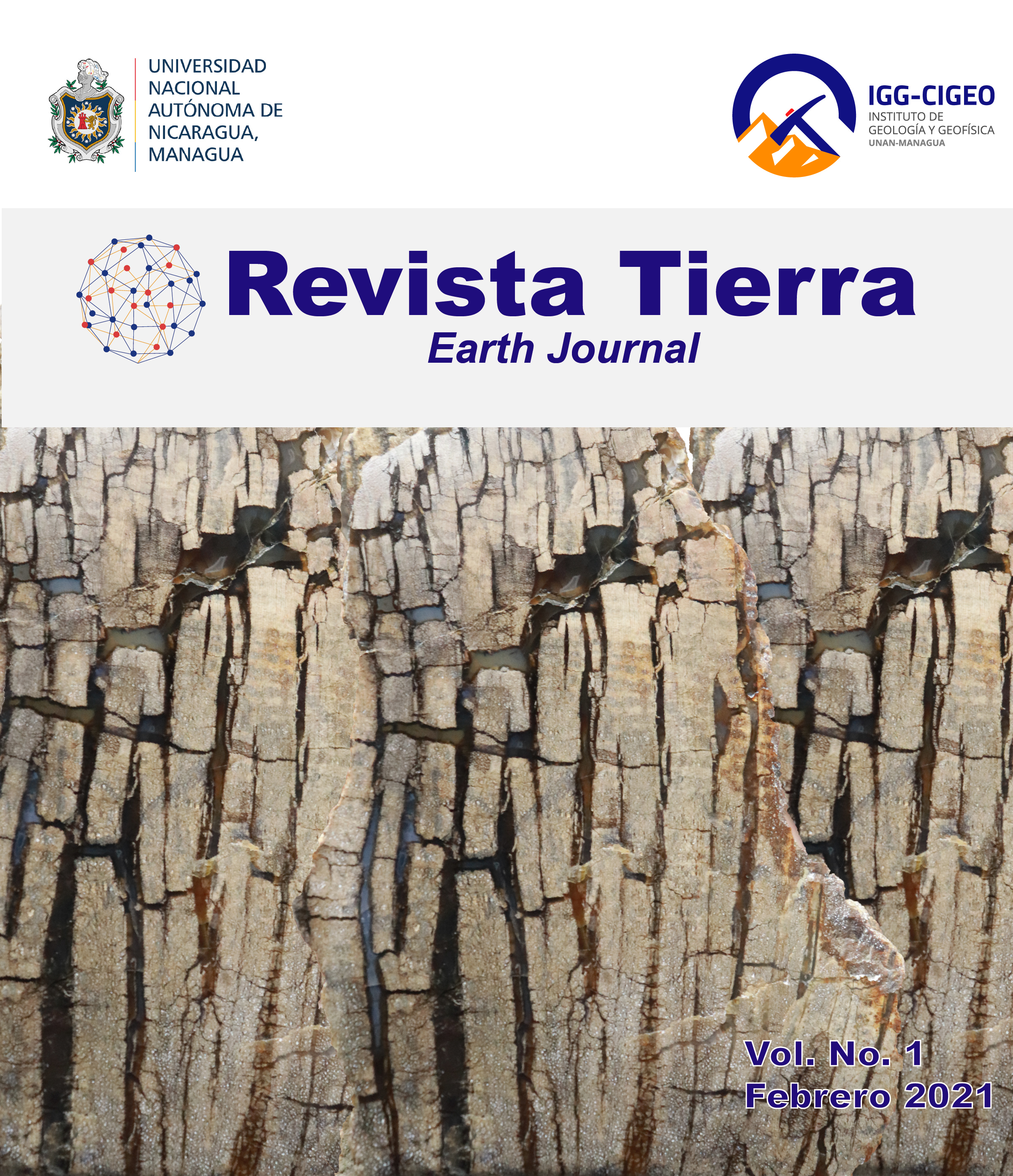Paleoseismology: Case Study El Sistema de Fallas Cofradía, El Cocal site.
Keywords:
Paleosismología, Graben, trincheras, Managua, CentroaméricaAbstract
The Cofradía fault system which extends from the south in the Caldera of the
Masaya volcano, more specifically in the small community known as Campuzano, the system is shown as a series of normal type faults in right échelon to those
that are associated smaller segments and small hot springs such as those
observed in the areas of Corrales Verdes and north of the city of Tipitapa. This
system extends to the north, which in turn controls the eastern limit of the Graben
de Managua and the east coast of Lake Managua, defined by this system, which
is observed on the surface through an escarpment that in some cases reaches
heights of 10 m, with respect to the base level of the so-called Graben of the
airport. The geomorphological indicators defined in the area of influence of the
system are: alluvial fans, fault scarps, embedded streams; which are part of the
geomorphological indicators observed at different sites throughout the system.

